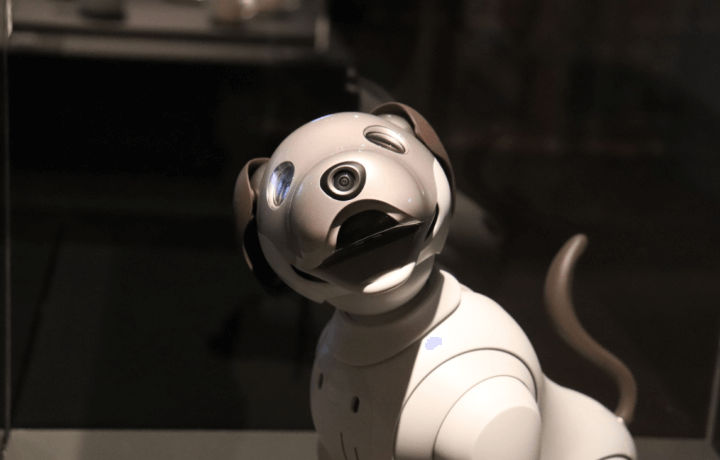Man’s best friend has been a staple on the battlefield since antiquity, with the first recorded case of “dogs of war” dating back to around 600 BC. Among the Greeks and Romans, dogs served as sentries and were often taken on patrol, while Attila the Hun used dogs in his campaigns.
In the modern era, the Soviet Red Army used dogs as an anti-tank weapon – sadly by starving the dogs and teaching them to run towards tanks. The dogs would be strapped with high explosives and when they reached an enemy tank, the bomb would be set off remotely!
The United States military is now taking that concept but reversing it. Instead of setting off an explosive, a specially “trained” dog could be used to scout for bombs and other threats. More importantly, no one needs to worry that our furry friends being put in danger – that’s because the dogs in question are fully robotic.
Advanced Battle Management System
The Department of the Air Force, in partnership with U.S. Northern Command and the U.S. Space Command, recently conducted a second and highly rigorous field test of the Advanced Battle Management System (ABMS), a digital battle network system that is designed to collect, process, and share data among U.S. and allied forces.
During the latest exercise, which took place August 31 to September 3, operators explored the ways that ABMS could be used to detect and defeat efforts to disrupt U.S. operations in space, in addition to countering attacks against the U.S. homeland, including shooting down a cruise missile “surrogate” with a hypervelocity weapon.
In addition to the data-gathering and sharing, the Air Force also tested the Vision 60 quadrupedal robots, which have the appearance of a robotic dog, at Nellis Air Force Base, NV. Developed by Ghost Robotics, the guard robots were meant to be part of the first ABMS test earlier this year, but reportedly, bandwidth issues prevented the technology from being fully used.
Robotic Guard Dog
The Vision 60 is part of what its maker has called the Quadrupedal Unmanned Ground Vehicle or Q-UGV, and it was developed to conduct tasks such as Intelligence, Surveillance, and Reconnaissance (ISR) missions, but can also be deployed for simple mapping, remote inspection of objects including potential bombs, distributed communications, and persistent security.
“Future battlefields will be characterized by information saturation,” said Dr. Will Roper, assistant secretary of the Air Force for acquisition, technology and logistics. “One of the key objectives of this onramp was to present a dizzying array of information for participants to synthesize, just like they would see in a real operation.”
During the recent tests at Nellis AFB, Airmen secured the airfield in a traditional but unconventional way.
“Our defenders employed the robot dogs,” said Master Sgt. Lee Boston, 321st CRS loadmaster and the CR team chief for the exercise. “These robot dogs are a new technology that we’re testing as part of the exercise. The dogs give us visuals of the area, all while keeping our defenders closer to the aircraft.”
While the Air Force has shared only a few details of what technologies were actually employed during the recent ABMS exercises, the four-legged robots seemed to have been successful in helping complete the mission.
Killer K-9
The United States is not alone in developing an autonomous robot, but it is noteworthy that the Vision 60 appears to be unarmed – and that fact likely won’t change. China and Russia are both working on armed autonomous systems, which have been a serious concern in recent years, with leading researchers, technologists, scientists and academics calling for a ban of armed robots.
The U.S. military’s take may be less “attack dog” and more trusted companion – a digital “best friend” for those in the field as Vision 60 could be highly modular and adaptable. As noted, it could be employed in numerous non-load-bearing tasks but the most of important of which may simply be to keep human soldiers out of harm’s way.
It would certainly have the loyalty of even the best dog.




